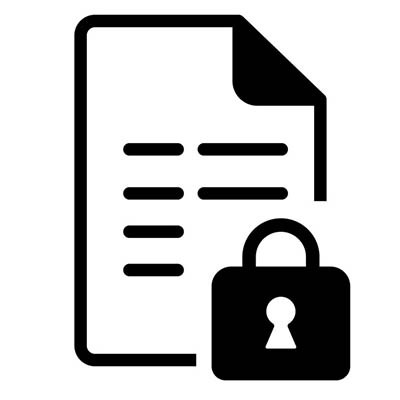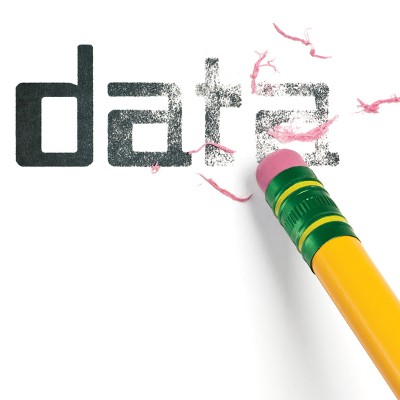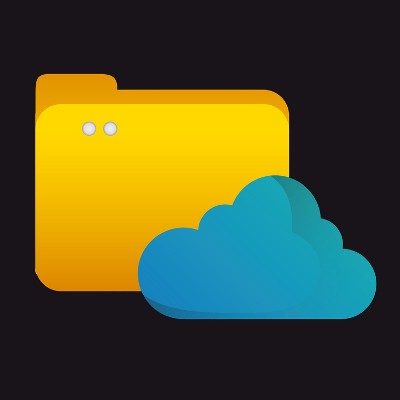Every person has documents that they need access to, so it stands to reason that a business has hundreds. If you and your staff are tired of sifting through dingy file cabinets to find that the document that should be in a certain place, isn’t, considering a document management system may be right for you. Today we will give you five good reasons why moving to document management can be a benefit for your business.
The Connection, Inc Blog
You open a lot of files and folders during your duties around the office, but some of them might seem a little different from others. These files are marked as “read-only.” What is the significance behind these files, and what does this marking mean? Find out in this week’s tech term.
Reading into Read-Only
Read-only is an attribute that is stored alongside the file that keeps users from doing more than just reading the contents. This attribute blocks users from changing or deleting the files, which might lead you to believe that “read-only” means that the file is extremely important.
Other files that aren’t necessarily important can also be assigned the read-only attribute. A folder could take advantage of read-only, preventing its contents from being altered unless the attribute is removed from the folder. External storage media can also use this attribute to keep others from messing around with your flash drives and SD cards. Even the CD-ROM, those relics of the past, took advantage of read-only technology (the acronym actually stands for Compact Disk Read-Only Memory), preventing users from overwriting the data stored on the disk.
Why Are Documents Marked This Way?
There are several reasons why a file or folder might be marked as read-only, but the primary one you’ll see is that these files or folders aren’t meant to be seen in the first place. These files are meant to be protected from being changed, as they are often critical files for a computer’s hardware and software. Certain files need to be in specific locations, as well as contain specific information. If the file is altered, the computer simply won’t work properly.
In essence, this functionality is programmed in so that users can’t accidentally disable their computers by deleting the wrong files. Besides, these files are more or less hidden from view anyway, meaning that users wouldn’t be able to delete them in the first place.
You can mark a file as read-only yourself as well, which you can do by accessing the properties. This could be helpful if your business wants to make a certain file available for all to see but without actually giving permissions to edit the file (like your employee handbook). What are some other uses you can think of for a read-only file? Let us know in the comments.
When you delete a file off your PC, or your hard drive becomes corrupted, you just take for granted that the data is gone in perpetuity. That isn’t the case at all, and it can present problems for businesses and individuals alike. The thing is that it’s deleted, it’s gone, it ceases to exist, because you deleted it with your own hands.
However, depending on the method of deletion, your files may still be intact and ready for a hacker to steal. We’ll walk you through what happens when you delete a file so that you’re more aware of the way your computer stores data on its hard drive or network.
Deleting a File
When you delete a file from your computer, it will be moved to your Recycle Bin. You might think that the files are gone forever, but that’s absolutely not the case. The only thing that changes is the location of the file. You can still open it and everything included with it is intact. Even deleting the file from the Recycle Bin isn’t going to be enough. Deleting the file simply eliminates the file’s link to a name. After this, the space once held by the file is labeled as “free,” but it’s not overwritten.
The file data is still available, but since it’s marked as free by the system, it can be overwritten and used to store other files. The data from your previous files won’t be truly gone until you replace it with other data--which, if you’re using a large amount of storage, will take a long time to fill up. The reason for this is simple: you don’t want to ever be anywhere close to maxing out your available data storage.
What About Cloud Storage?
Let’s say that you use Google Drive or Microsoft OneDrive for your data storage needs. What happens when you delete a file from your account’s drive? You might wonder if the cloud provider stores information that you delete behind your back. Well, the truth is that these cloud providers do keep your deleted files for a few days after the initial deletion, mostly just in case you have made a mistake and need to correct it. After that, if you are a consumer-grade cloud customer, you’re likely out of luck for getting any deleted data back.
Business cloud storage solutions are another story altogether, though. If you are a business customer of any notable cloud provider, it’s likely that your deleted data will be stored for as long as you would like it to be--assuming you want it deleted at all. Depending on your business’s needs, you may have other plans in mind. The Connection, Inc can equip you with a data storage system that can help you keep your business’s data under control, whether you want to store it forever or keep it from being recovered, even when it’s deleted. To learn more, reach out to us at (732) 291-5938.
In the business world, you rely on agile and secure access to critical documents on a number of different devices. However, security can quickly become a problem, especially when your users have multiple devices. Is your file sharing service enough to keep your data safe? Or, if it’s not, what are you going to do about it?
It’s safe to say that most file-sharing solutions have their roots in the cloud. The cloud allows organizations to collaborate and share documents across devices and operating systems, to create a network that your staff can use to access important information and applications. A cloud solution is often used for hosting productivity suites and email systems, but most important of all is file sharing.
Many cloud solutions also offer applications that are designed for collaboration, which means that your team can create documents and communicate in real-time. Business applications like Google’s G-Suite and Microsoft OneDrive for Business can sync your files across your entire device infrastructure, so that all of your employees have access to the most recent version of a specific document. This is helpful if your business has many different people collaborating on the same project.
The only question that remains is how secure your cloud needs to be. Since you’re storing your data in a cloud-based format online, you run the risk of hackers and user error bringing your business to its knees. Surprisingly, however, most file-sharing systems are relatively secure, and the main threat comes not from external threats, but from inside users. User error is a primary cause for data breaches, as they can accidentally expose files to dangerous circumstances or hand over credentials without realizing it. Therefore, something needs to be done in order to guarantee that your files aren’t being exposed to more threats than necessary.
Depending on the type of cloud solution you implement, you can have full control over the user access and security permissions of your file sharing system. A public cloud can provide the basic file storage and sharing services that you desire, but if you want maximum security, you’ll want to invest in a private cloud, where your solution is stored on-site. The only problem is that private clouds require extensive management and maintenance that your business might not have time for.
The Connection, Inc can ease this pain point by offering our cloud management solution. If you want to get the most security out of your file-sharing in the cloud, you’ll need expert technicians to monitor and maintain your private cloud server. However, the SMB’s IT budget doesn’t typically allow for this type of flexibility. Outsourcing this responsibility to The Connection, Inc makes your job much easier, as you don’t have to invest the time and resources into it.
To learn more about file-sharing services and cloud computing, reach out to us at (732) 291-5938.




